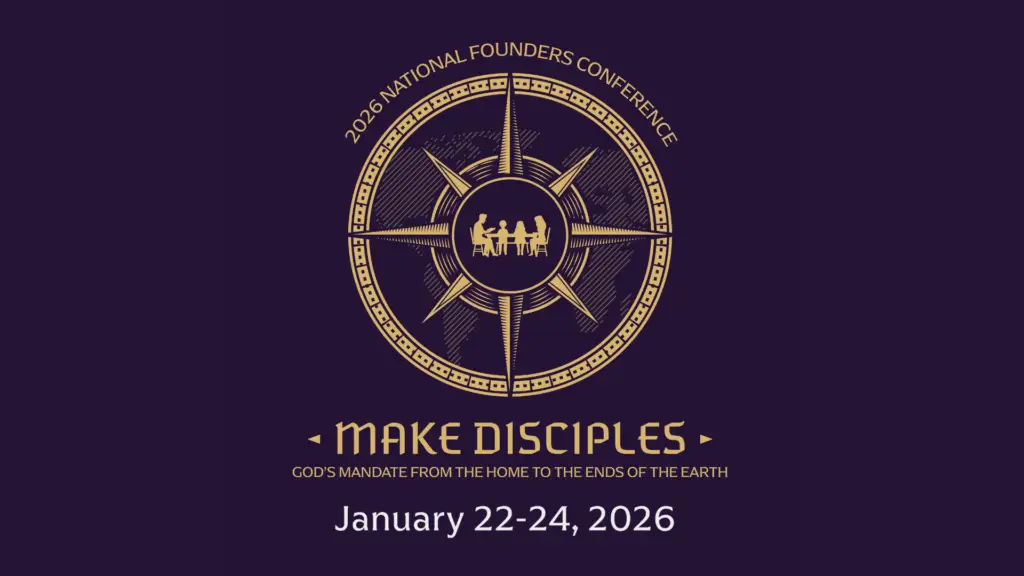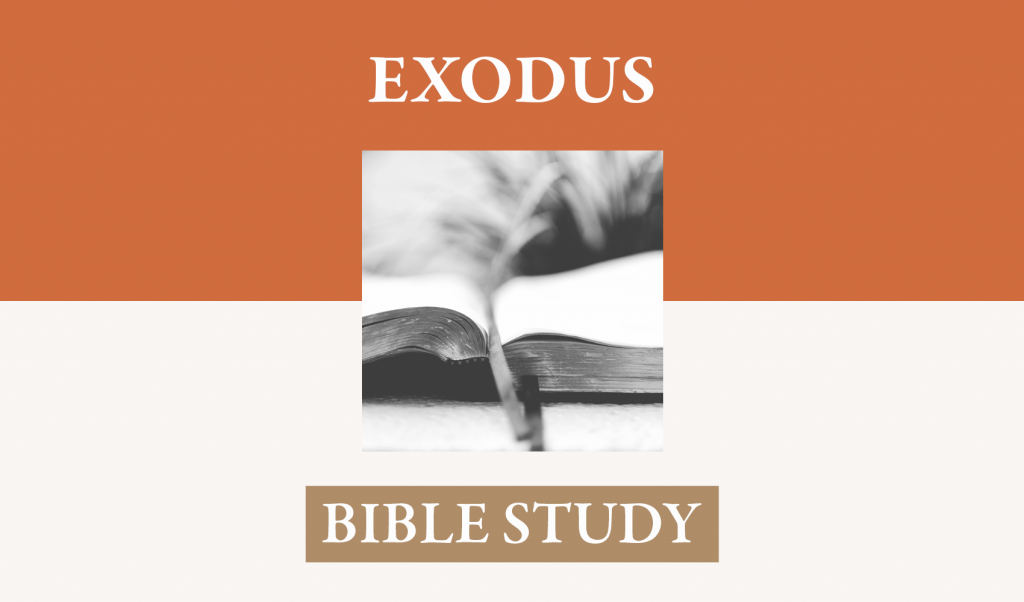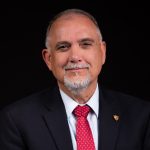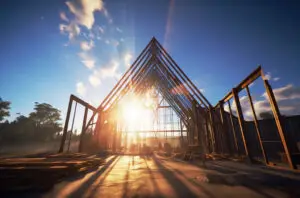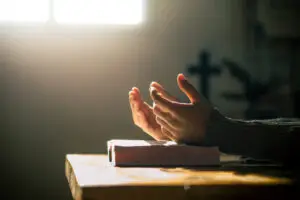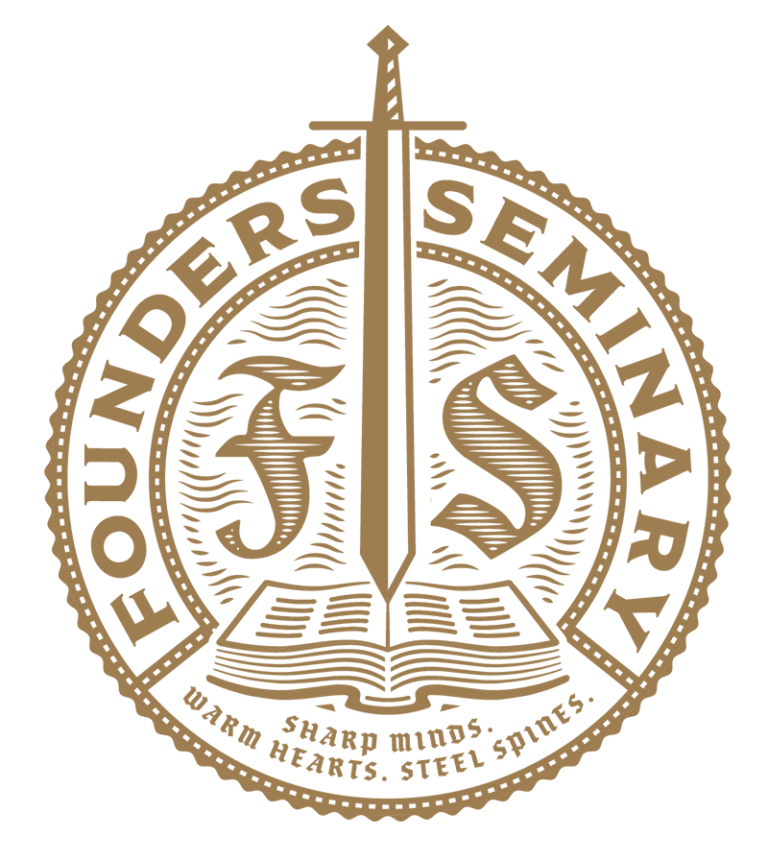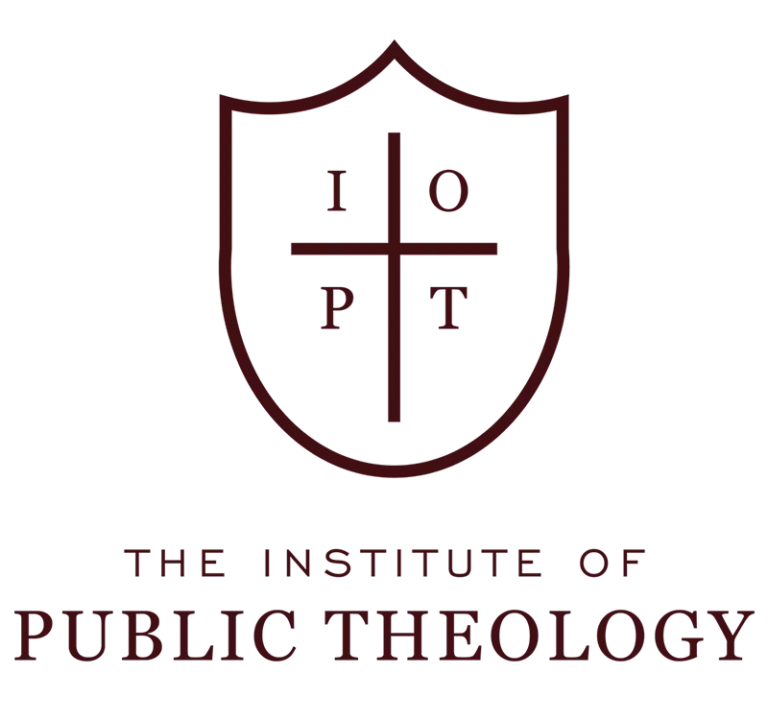Lesson Focus: This lesson can help you live with a constant awareness of God’s presence in your life.
Follow God’s Plan: Exodus 26:30-33.
[30] Then you shall erect the tabernacle according to the plan for it that you were shown on the mountain. [31] "And you shall make a veil of blue and purple and scarlet yarns and fine twined linen. It shall be made with cherubim skillfully worked into it. [32] And you shall hang it on four pillars of acacia overlaid with gold, with hooks of gold, on four bases of silver. [33] And you shall hang the veil from the clasps, and bring the ark of the testimony in there within the veil. And the veil shall separate for you the Holy Place from the Most Holy. [ESV]
[30-33] The curtain described in these verses was the veil that divided the tabernacle into two rooms, sealing off the Most Holy Place from the Holy Place. The whole tabernacle measured approximately fifteen feet wide by forty-five feet long. The Holy Place was a rectangle fifteen feet by thirty feet. The Most Holy Place, or Holy of Holies, was only half as long, and thus it formed a perfect cube measuring fifteen feet by fifteen feet by fifteen feet. Separating these two rooms was a heavy screen suspended by golden clasps – what Exodus later calls the veil of the screen [39:34]. Inside the Most Holy Place was the ark of the covenant; in the Holy Place outside were the lampstand and the table as well as the altar of incense. The reason we study the tabernacle today is not so we can draw pictures of it or build an exact replica, but to learn what the tabernacle teaches us about knowing God. The question is, what did the tabernacle mean? Why did God tell Moses to set up a tent, and why did He tell him to do it this way? There are two ways to answer these questions. One is to see what the New Testament says about the tabernacle and how it is connected to Christ. But before we do that, we need to study the Old Testament to see what the tabernacle meant in its original context. One of the main things God wanted His people to see was that the tabernacle was a piece of Heaven on earth. This was obvious from the very fact of God’s presence. God had said to Moses, And let them make me a sanctuary, that I may dwell in their midst [25:8]. The ark of the covenant in the Holy of Holies represented God’s throne. The figures on its cover represented the cherubim – God’s royal attendants – the mysterious winged creatures who stand guard in the throne room of Heaven. There were more cherubim on the curtains, their images skillfully woven into the walls and veil of the tabernacle. So when the high priest entered the Holy of Holies – God’s sanctuary on earth – he caught a glimpse of Heaven, where God sits enthroned above the cherubim. This explains why God took such great care to make sure that Moses built the tabernacle according to His exact specifications. Although the structure was made of wood, metal, and cloth, it was a copy of something in Heaven. The book of Hebrews calls it a copy and shadow of heavenly things. For when Moses was about to erect the tent, he was instructed by God, saying, See that you make everything according to the pattern that was shown you on the mountain [Heb. 8:5]. As the cherubim helped to show, the tabernacle was an earthly building designed to teach heavenly realities. The point was not that somehow God could be contained within the four walls of a tent. No, the tabernacle was set up like Heaven to show that God rules over both Heaven and earth. As the Israelites thought about the tabernacle and its meaning, they were confronted with a hard reality: most of them were never allowed to go inside. They could see it from a distance, and they knew that God had His dwelling there, but they never even had a chance to see past the door, let alone go inside and meet with God. Everything was concealed under layers of fabric. The description of the tabernacle leaves one lasting impression: that of the number of coverings and entrance curtains. Though Israel had this tremendous privilege of the divine presence in their midst, there was to be no doubt that He is the Holy One, and that access to Him was no easy matter, even though His palace and temple was right there at the center of their camp. The tabernacle was the one place in the entire world where people could enter God’s presence. God had come down to live with His people. However, there was almost no way for them to get in. The facility had limited access. Most Israelites only saw the curtains and other furnishings when the priests moved the tabernacle from place to place. But they never got to tour the place. Only the priests could enter, and only when they had some priestly duty to perform. And as soon as they entered, they were confronted with another curtain – the veil that separated the Holy Place from the Most Holy Place. Nothing symbolized Israel’s limited access more clearly than the cherubim. The first time cherubim are mentioned in Scripture is Genesis 3 where they guard the way to the tree of life. These cherubim blocked the entrance back to Eden. The cherubim on the tapestries in the tabernacle represented something similar. In a symbolic manner, they guarded the way to God. This was all designed to show the supreme holiness of God. God is pure in His majesty and pristine in His righteousness. He is also just, which means that His holiness requires Him to punish sin. Therefore we need to be careful how we approach Him. There was only one way for the people to enter the tabernacle. The way they could enter God’s presence was to send a representative to go for them – first Moses, and later the high priest. And the way their representative penetrated the veil was by carrying an atoning sacrifice for sin – his sin as well as the sins of His people. The only way for unholy sinners to enter the presence of a holy God was by means of a blood sacrifice.
THE TRUE TABERNACLE. The God who lived in the tabernacle is the same God who rules today. He is still the great King who sits enthroned above the cherubim. He is still the Lord of all the earth, and His character has not changed. He is still the holy God who demands perfect obedience and the just God who punishes sin. He is as awesome today as He was in the days of Moses. And we are still separated from God by our sin. One of the most important verses for understanding the meaning of the tabernacle in the New Testament is John 1:14: And the Word became flesh and dwelt among us. The verse is important because the word translated dwelt comes from the Greek word for ‘tabernacle’. So the verse means this: “The Word became flesh and tabernacled among us.” This is the interpretation of the incarnation: Jesus Christ is the true tabernacle of God. He is the sacred space where Heaven comes down to earth so we can touch the face of God. Unlike the first tabernacle, He is not made of silver and gold, linen and wool, skins and hides stretched on a wooden frame. Rather, He is made of flesh and blood. It was as the God-man that Christ was crucified, His body torn by the hard nails of our hatred and sin. And as Jesus hung on the cross, suffering and dying to pay fair price for our sin, something miraculous happened at the temple in Jerusalem. The curtain that separated the Holy Place from the Most Holy Place was torn in two. It was rent asunder by the almighty power of God, for the Bible says: And Jesus cried out again with a loud voice and yielded up his spirit. And behold, the curtain of the temple was torn in two, from top to bottom [Matt. 27:50-51]. Imagine how shocked the priests must have been when they saw this. There they stood, outside the Holy of Holies, gazing in on the ark of the covenant. The sacred place of God’s holy presence was open for all to see. Something monumental had happened in human history. The veil that for more than a millennium had separated God’s people from God’s presence had parted. Now the way was open for the priests and indeed for the whole human race to meet with God in the Most Holy Place. The way is still open today. The only way we can approach God is on the basis of a sacrifice. But that is what Jesus has provided. By His death on the cross, He has paid the price for our sins once and for all. In making this sacrifice Jesus has gone ahead of us into the Most Holy Place. He has entered the Holy of Holies in Heaven. For Christ has entered, not into holy places made with hands, which are copies of the true things, but into heaven itself, now to appear in the presence of God on our behalf [Heb. 9:24]. In other words, when Jesus made His sacrifice, He took it into the very throne room of God in Heaven, and not into some earthly tabernacle. And once Jesus presented His sacrifice in Heaven, the way was open for everyone who trusts in Him to go and meet with God. This is how we gain access to God. It is through Jesus Christ and by faith in Him.
Encounter God’s Presence: Exodus 29:43-46.
[43] There I will meet with the people of Israel, and it shall be sanctified by my glory. [44] I will consecrate the tent of meeting and the altar. Aaron also and his sons I will consecrate to serve me as priests. [45] I will dwell among the people of Israel and will be their God. [46] And they shall know that I am the LORD their God, who brought them out of the land of Egypt that I might dwell among them. I am the LORD their God. [ESV]
[43-46] Every detail of the tabernacle is full of beauty. In Exodus 29 we see how God provides for His people, how Jesus fulfills the promise of an eternal priesthood, how God welcomes us into the fellowship of His Table, how the blood of Jesus atones for our sin, and how a life of sacrifice rises to Heaven like sweet perfume. We should not lose sight of the big picture, however. At the end of chapter 29, God steps back to remind Moses why he was building this tabernacle [43-46]. The last phrase in verse 46 – I am the Lord their God – places God’s signature on this entire section of Exodus. Here God is explaining what the tabernacle was all about. It was about the God of Heaven making a place to dwell on earth. It was about God building a place where He could meet with His prophet and His people, establishing a point of contact where He could speak to them. It was about God consecrating a place by His presence. It was about God making His people holy to serve Him. It was about God revealing Himself so that He would be known as their God. It was about God being His people’s God and the people becoming His people. It was about God completing the work of salvation that He had begun when He brought Israel out of Egypt. The tabernacle was about all of these things, and all for this grand purpose: so God could reveal His glory. As we study the tabernacle, we cannot help but be impressed with the extraordinary pains God took to get everything ready. Before He descended in glory, everything was made holy. God made the tent holy – consecrating it with holy sacrifices. He made the furniture holy. Each piece was carefully crafted to reveal something about His divine character. He made the priests holy. He washed them, dressed them, anointed them, and sprinkled them with consecrating blood. As God said: I will consecrate the tent of meeting and the altar. Aaron also, and his sons I will consecrate to serve me as priests [44]. God said that when everything was holy, then I will dwell among the people of Israel and will be their God. And they shall know that I am the Lord their God, who brought them out of the land of Egypt that I might dwell among them. I am the Lord their God [45-46]. This is why God took so much trouble to sanctify the tabernacle and everything in it. He did it to consecrate a place for the presence of His glory. He did it to live with His people and be their God. He did it so that they would understand the meaning of their salvation.
Acknowledge God’s Glory: Exodus 40:34-38.
[34] Then the cloud covered the tent of meeting, and the glory of the LORD filled the tabernacle. [35] And Moses was not able to enter the tent of meeting because the cloud settled on it, and the glory of the LORD filled the tabernacle. [36] Throughout all their journeys, whenever the cloud was taken up from over the tabernacle, the people of Israel would set out. [37] But if the cloud was not taken up, then they did not set out till the day that it was taken up. [38] For the cloud of the LORD was on the tabernacle by day, and fire was in it by night, in the sight of all the house of Israel throughout all their journeys. [ESV]
[34-38] As Moses finished his work, the people watched to see what would happen. They did not have long to wait. The last curtain was tied to the last fence post, the prophet stepped away, and then the cloud covered the tent of meeting, and the glory of the Lord filled the tabernacle [34]. This was the divine seal of approval on all the work that Moses and the Israelites had done: God came down in glory. The people had seen glimpses of His glory before. They had seen it in the pillar of cloud and fire that protected them from Pharaoh’s army and guided them through the wilderness. They had seen it in the miracle at the Red Sea, when God was glorified in the deliverance of Israel and the destruction of Egypt. They had seen glory in the fire and smoke on the distant heights of Mount Sinai. But the Israelites had not seen the glory come down to earth in all its radiant splendor, as it did when it hovered over the tabernacle, filling that sacred space with glory. The cloud of God’s glory was a theophany – a visible manifestation of the invisible God. God’s glory is the weightiness of His divine being, the infinite perfection of His triune deity. Glory is the whole God-ness of God. But on occasion God has made His glory visible in a resplendent cloud of radiant light. It was this glorious cloud that descended on the tabernacle, filling it with light. The form of the verb that the Bible uses for filled is significant because it “reflects a dynamic, ongoing situation.” The glory that filled the tabernacle was a spectacular display of the radiance of God’s being. The God of the exodus – the God of power, who made the heavens and the earth; the God of justice, who plagued the Egyptians; the God of love, who kept His covenant with Israel; the God of providence, who led His people through the wilderness; the God of truth, who gave them His law; the God of mercy, who atoned for their sins; the God of holiness, who set them apart for service – this great God was present in glory. When the people looked at the tabernacle, they could see that God was in the house. Then the Bible says something very surprising. To understand it, we need to remember that the tabernacle was a way to approach God. It was the house where God lived, and because God is holy, it had to be separated from the place where the Israelites lived. But there was a way to enter. There was a courtyard where sinners could make the bloody sacrifices that would bring them into a right relationship with God. And the Tent of Meeting had an entrance – a curtain that allowed the priests to go inside the Holy Place. The tabernacle was designed to give people access. It was a place to meet with the living God. But when the glory came down, access was denied. Even Moses could not get inside [35]. The end of Exodus has been moving toward this climactic moment, when the tabernacle would be finished and the people would be able to meet with their God. But when the moment finally came, the tabernacle was filled with such great glory that the mediator could not get in. From this we learn how necessary it is for anyone who wants to meet with God to come with a blood sacrifice for sin. Exodus leads right into Leviticus, which begins with God giving Moses a long list of instructions for making sacrifices at the tabernacle. The only way to approach the God of all glory is to come with a sacrifice of blood. By initially denying Moses entrance, God once again taught His people the necessity of atonement. We also learn that God is infinitely more glorious than we could ever expect or imagine. After a while we start to get used to God, we become familiar with the vocabulary used to describe His divine attributes. We have heard of His holiness, justice, mercy, and love. We are able to list these terms, and perhaps even to define them, but do we have any idea how glorious God is in the majesty of His triune being? Do we sense how overwhelming it is to come into the presence of His glory. Moses knew God better than any man alive; yet when the glory came down, he was not able to enter. Neither can we penetrate God’s infinite glory; we can only stand back and worship with reverence and awe. But then comes another surprise. The great and glorious God of the exodus, who dwells in unapproachable light [1 Tim. 6:16], was with His people to save them. The same glorious cloud that kept them away would also stay with them to guide them. This is why God came down in glory – so He could be close to them. Thus the book of Exodus ends with the words of verses 36-38. These words gave the Israelites assurance that the God of all glory would be present to grant them all the blessings of His saving grace. Here we see both God’s immanence and His transcendence, His nearness as well as the greatness of His glory. God did not just rescue the Israelites from Egypt and then dump them in the wilderness to fend for themselves. On the contrary, He was with His people for good. He wanted to do something more than simply save them; He wanted to have a relationship with them. This was the great comfort that gave them confidence for the future. In all their travels and through all their troubles, God would be with them every step of the way. He would guide them by His glorious light and defend them by His glorious power, leading them night and day until they reached the Promised Land. God saved His people for His glory; and by the glory of His presence, He would lead them to the goal of their salvation. What God did for Israel was glorious. But as glorious as it was, it cannot compare to the glorious things God has done for us. The glory in the tabernacle was the climax of Exodus, but not the climax of redemption. It was only the first glimmerings of the glory that God has prepared for us in Jesus Christ. The book of Exodus really is His story. Jesus is the Moses of our salvation, the mediator who goes for us before God. Jesus is the Lamb of our Passover, the sacrifice for our sins. Jesus is our way out of Egypt, the deliverer who baptizes us in the sea of His grace. Jesus is our bread in the wilderness, the provider who gives us what we need for daily life. Jesus is the altar of our burning, through whom we offer praise up to God. Jesus is the light on our lampstand, the source of our life and light. Jesus is the basin of our cleansing, the sanctifier of our souls. Jesus is our great High Priest, who prays for us at the altar of incense. And Jesus is the blood on the mercy seat, the atonement that reconciles us to God. The great God of the exodus has saved us in Jesus Christ. As we come to the end of Exodus, we see as well that Jesus is the glory in the tabernacle. This was true from the very moment of His conception. The Bible teaches that the physical body of Jesus Christ is the dwelling place of God [Col. 1:19]. Since glory is one of God’s essential attributes, when God caused all His fullness to dwell in Jesus Christ, His glory came down [John 1:14]. Jesus Christ is our tabernacle, and as our tabernacle, He is full of the glory of God.
Questions for Discussion:
1. What did God intend for Israel to learn from the design of the Tabernacle: about God and about ourselves? What does the design of the Tabernacle teach us about worship?
2. How is Jesus the fulfillment of the Old Testament Tabernacle [consider John 1:14, Matthew 27:50-51 and Hebrews 9:24]?
3. What is God’s glory? How did God show His glory to Israel? How does He show His glory to us?
References:
Exodus, John Mackay, Mentor.
The Message of Exodus, J.A. Motyer, Inter Varsity Press.
Exodus, Philip Ryken, Crossway.
Exodus, Douglas Stuart, NAC, Broadman.



